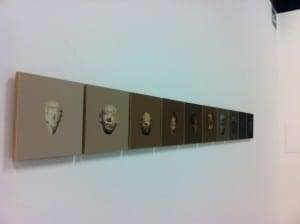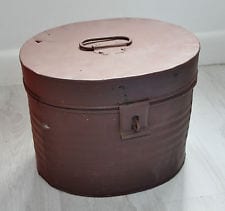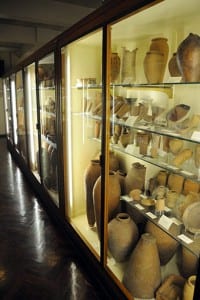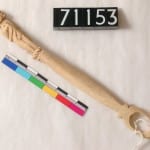Tunnelling into museums (not literally!)
When it comes to job hunting I am intensely jealous of people like Flinders Petrie, who was pretty much handed the Chair of Egyptian Archaeology at the bequest of Amelia Edwards in 1892[1] . Whilst some of this does still happen in the Museum world, indeed any employment pool, it can be as difficult finding a vacancy in a museum at it is finding an andron in a Greek house[2].
Online
There are some useful website for sourcing heritage and museum jobs. Naturally one can go direct to an institution (such as the BM or Tate), but bear in mind museums that are part of institutions, eg. the Petrie, employ via the same HR routes as their host (UCL). In other words, if one wants to apply for a job at the Petrie, the application will be on the UCL job website[3]. However, for in-house volunteering schemes (as blogged in #2) you generally apply directly to the museum as they are more bespoke.
There are some websites which collate museum jobs in general, the standard Guardian Jobs is very useful as there is a ‘Arts and heritage’ group within which there is a ‘Museums’ sectioning. Slightly annoyingly though, this is separate from the Heritage and Library posts which are often also of interest, just make sure you tick both when searching.

The snazzy museum jobs website, copyright www.museumjobs.com
(more…)
 Close
Close










